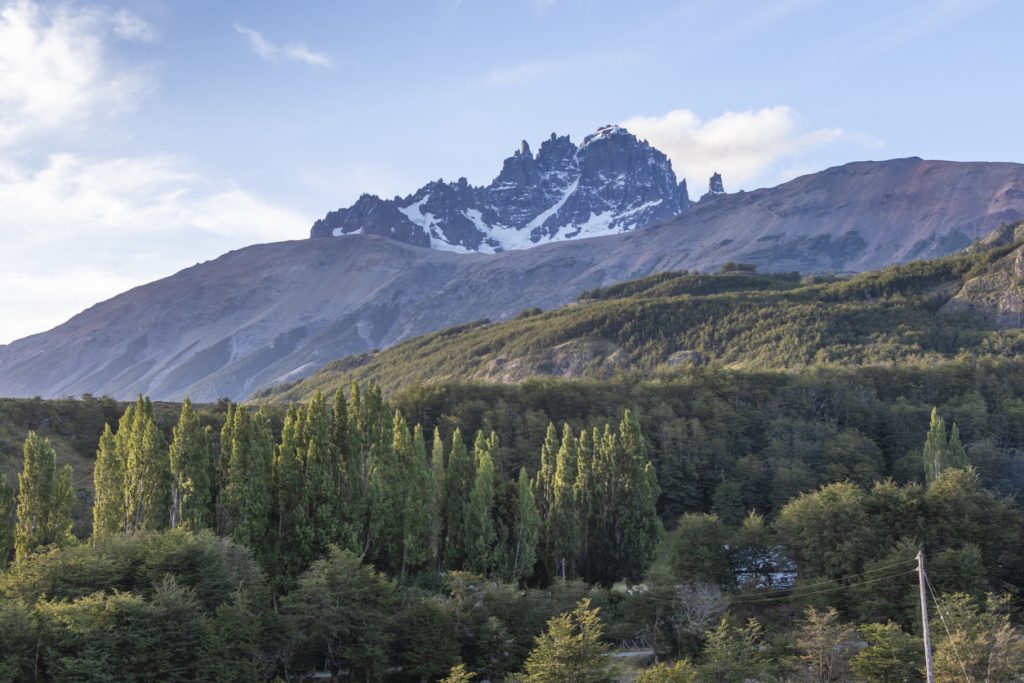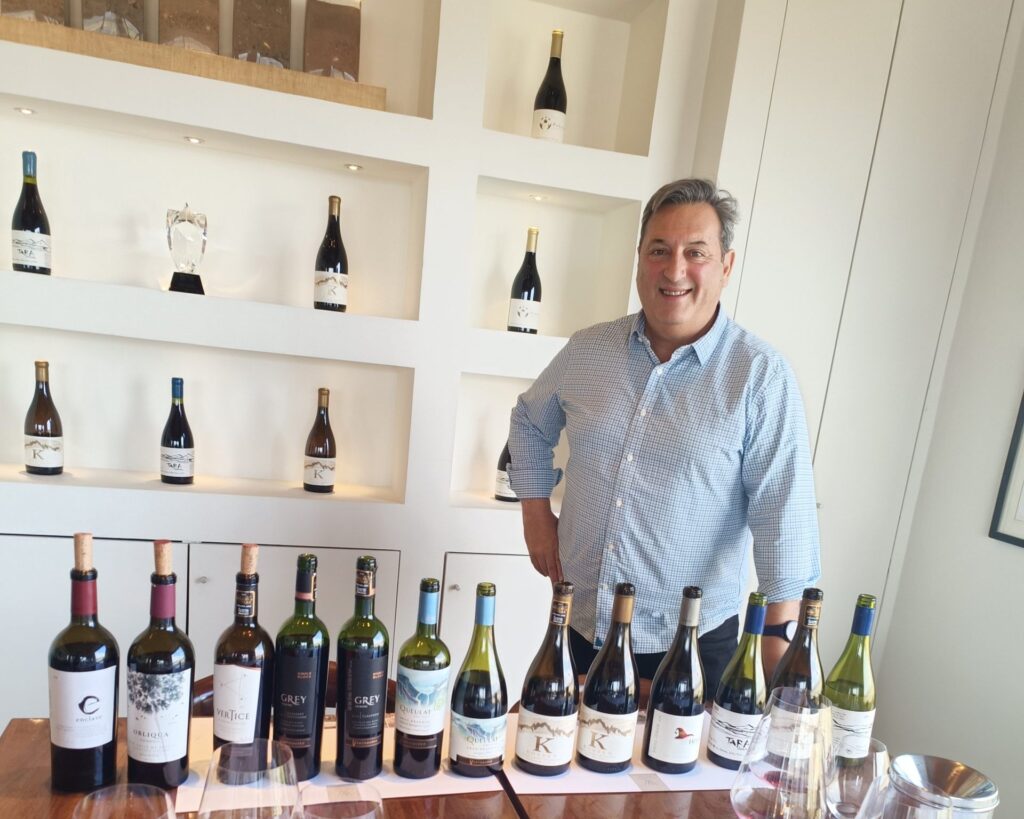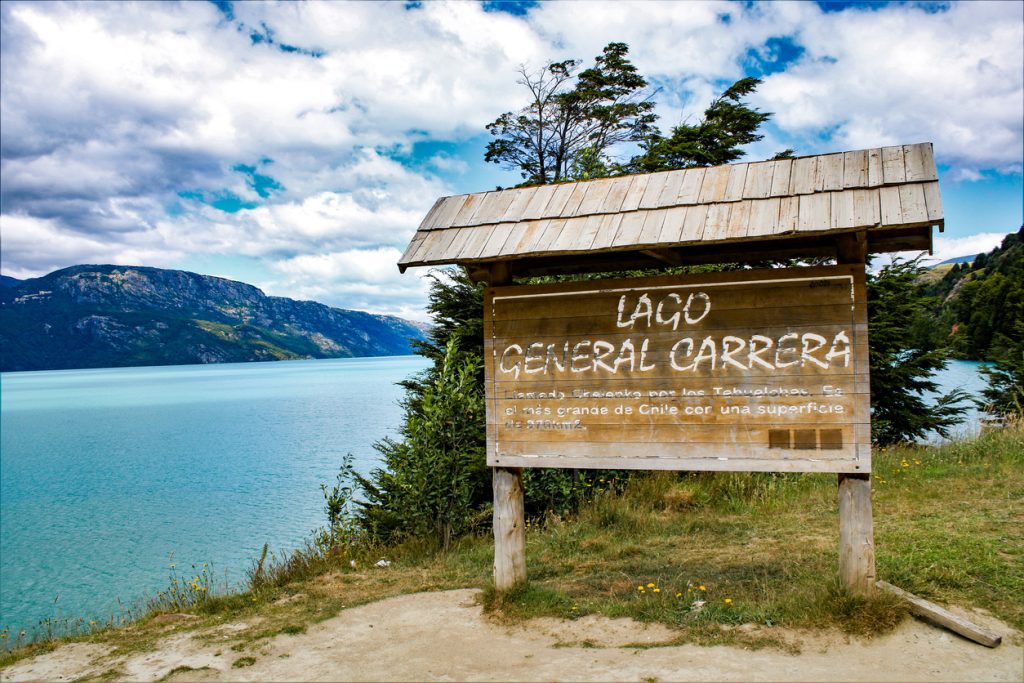Chilean wine estate Viña Ventisquiero is set to increase the size of the most southerly vineyard in the world, in Patagonia, a region “on the edge of grape cultivation”, chief winemaker Felipe Tosso told Arabella Mileham during a recent visit to Chile.
 Cerro Castillo, Aysen region, Patagonia, Chile, north of Chico Chile
Cerro Castillo, Aysen region, Patagonia, Chile, north of Chico Chile
Speaking to the drinks business during a visit to Chile this summer, Ventisquero’s chief winemaker Felipe Tosso said that the estate is doubling the area under vine in Chile Chico in collaboration with its partners, planting an extra 3ha of Chardonnay and Pinot Noir.
It comes as Kosten gains a major new listing in the US, as part of the Vina del Sol Portfolio, adding to the importers range of unique, family-owned, estate grown, sustainable and of terroir-driven wines from South America.
Patagonia
The vineyards which are situated at 46.3 degrees of latitude in Chile Chico, Patagonia – around 1000km south from Chiloé, the largest island of the Chiloé Archipelago, in an area renown for its glaciers.
Patagonia is a very large and very complex region, Tosso explains, with some of the most extreme conditions and geography, making it “the very edge of” grape cultivation.
“We are surrounded by glaciers, on the lake that straddles Chile and Argentina, and the biggest ice fields of South America,” Tosso explains.“It is very complex to have a vineyard further south as it rains too much and it is super cold… But this is a small area that is a microclimate.”
 Felipe Tosso, chief winemaker at Ventisquero
Felipe Tosso, chief winemaker at Ventisquero
This microclimate is due to Lake General Carrera, which moderates the low temperatures on the southern shores, meaning that grapes can be produced, even if the vines still require great care and protection.
The name of the wine brand itself gives a good idea of the climate – in the indigenous Tehuelche language ‘Kosten’ means ‘wind’ (Lake General Carrera is also known by the indigenous name of ‘Chelenko’, meaning ‘stormy waters’), and every third row of vines is protected by a row of trees that acts as a windshield. Vines are kept low and growth en guyot used, rather than on a trellis, and netting is required to protect them from the birds.
The vineyard was technically planted in 2018, but the vines were given a headstart in nurseries in the central region, being grown to around a metre high before being transplanted south. Not only was this was to get the roots going in more temperate conditions, but also because the Patagonia region lacked workers with the necessary expertise to establish the vines in the correct shape, Tosso explains.
 Lago General Carrera, Chile – February 4, 2018: signage for the biggest lake in northern Chile, the Buenos aires lake or lake Carrera.
Lago General Carrera, Chile – February 4, 2018: signage for the biggest lake in northern Chile, the Buenos aires lake or lake Carrera.
DO recognition
There remains an “ongoing debate about Patagonia”, Tosso argues, as “we need to be specific” in terms of the location and terroir.
“It’s like Alaska,” he points out. “Patagonia Austral is much bigger than where we are, but at the same time, we want to apply to have Chile Chico [named after the town], so you can have Patagonia Austral, the bigger Patagonia, but also Argentinian Patagonia – not just for us, but for the whole region.”
Currently, there is no specific DO in Patagonia, with estates come under the umbrella of the administrative/geographical region such as the ‘Austral’ or Aysén region. As with many DOs across the world, the demarcation tends to be political and administrative, Tosso explains but “there are a lot more wineries in Patagonia Argentina than in Chile, but Chile is a little bit more extreme in general.”
As a result, Ventisquero is working with neighbouring vineyard Alla Lejos (which, at 46.2degrees is just pipped to the post for most southern vineyard) to establish DO Patagonia Austral, which would cover the Chilean region in Patagonia, while also pushing for recognition for Chile Chico (the town close to the vineyards).
It’s hard to know how long this process could take – Apalta was granted DO status in 2018 (along with Los Barca, and Los Lingos among others) in almost record time, but as Tosso points out, it had already been producing wine for around 200 years so the idea was somewhat easier to sell.
It would benefit the whole of the southern production, however, he argues, pointing to other Patagonian wine brands such as Osorno, Trapi del Bueno, and Argentina’s Otranonia (45.33 degrees South).
Related news
Cono Sur carves out Chile’s signature Pinot Noir style
Apalta DO: Chile’s hidden treasure in Colchagua Valley
Six delicious Pinot Noirs from Chile


Dining and Cooking